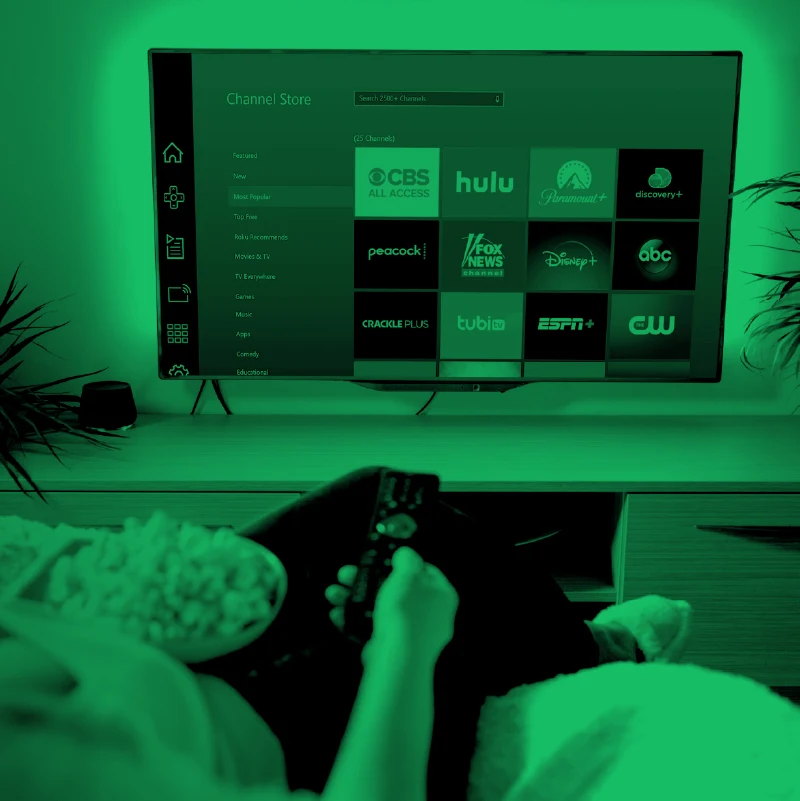
Moving Away from MTA and Toward a Better Model of TV Measurement
A version of this article was originally featured on AdExchanger.
Beyond the MTA: A More Nuanced Approach to TV Measurement
The advertising industry's shift from last-click attribution to multi-touch attribution (MTA) promised a deeper understanding of marketing effectiveness. However, limitations like signal loss and the ineffectiveness of non-clickable media like TV have emerged. Even with standardized identifiers like cookies and MAIDs (Mobile Advertising IDs), MTA remains challenging. This has led many to return to media mix modeling (MMM) and explore other creative solutions. Despite these limitations, some persist in advocating for multi-touch through techniques that essentially filter out traffic from other sources. This simply rebrands last-click attribution. This trend is particularly concerning in TV measurement, where many solutions paint an inflated picture of performance.
Verified Attribution: Not a Silver Bullet
Verified Attribution, which isolates TV ad impact by filtering non-TV traffic, has a major flaw: it ignores the influence of unclicked-on ads. Imagine a user sees a brand's social media ad but doesn't click, then later sees a TV commercial and visits the website. Traditional models might credit the TV ad entirely, neglecting the initial social media exposure. This overlooks the power of impressions. Despite low click-through rates (e.g., Meta's average CTR range is 0.73% to 2%), most impressions (99.1%) still influence consumer behavior. Discounting these impressions inflates TV's impact, similar to how cost-per-click (CPC) metrics overemphasize paid search. It's the same last-click fallacy applied to non-clickable media, leading to overattribution. Brands should be cautious of such claims. Instead of relying on promises of closed-loop MTA, they should focus on data science and MMM to understand incremental performance.
If not MTA and not Verified attribution, what to use instead?
The answer depends. Modern solutions like Tatari use a combination of baseline-lift models and IP-level matching (with or without device graphs) for linear and streaming TV, respectively. These models are realistic and highlight TV's incremental value but have limitations. Firstly, they primarily benefit digitally native brands – advertisers with brick-and-mortar sales might find success with traditional methods like geo-testing. Secondly, these models (like Tatari) seek a direct causal relationship between a TV ad and an outcome (e.g., a sale). However, consumers experience touchpoints across channels, each contributing to the response. Therefore, for larger, established marketing companies, MMM offers a more holistic approach to TV measurement. While MMMs require significant data and time investment, recent advancements make them strong contenders.
The Bottom Line: Embrace Complexity
Attribution is messy. Our message is nevertheless loud and clear. One, remain vigilant and question the feasibility of models promising complete or near-perfect attribution (looking at you, Verified Attribution). Two, carefully select your measurement methodology (old school approaches are not always bad!) based on your situation; even if it is old school. Consider using multiple models to triangulate for the real answer.

Philip Inghelbrecht
I'm CEO at Tatari. I love getting things done.
Related
A Unified Measure: The Case for Standardizing 'Outcomes' in TV Advertising
Discover the changing face of TV advertising measurement, from traditional viewer metrics to outcome-based approaches, and the potential benefits for advertisers and publishers alike.
Read more
CTV Fraud Should Never Be an Issue
To combat CTV fraud, we recommend direct purchases from publishers and outcome-based TV measurement as effective strategies to ensure advertising transparency and accountability.
Read more
How a Magician Can Manipulate CTV Performance
It can be easy to overstate the impact of a streaming TV campaign - by lumping in digital display channels. Our goal in this article is to unveil some of the (questionable) tactics deployed by programmatic TV ad platforms, and why Tatari doesn't practice this.
Read more


